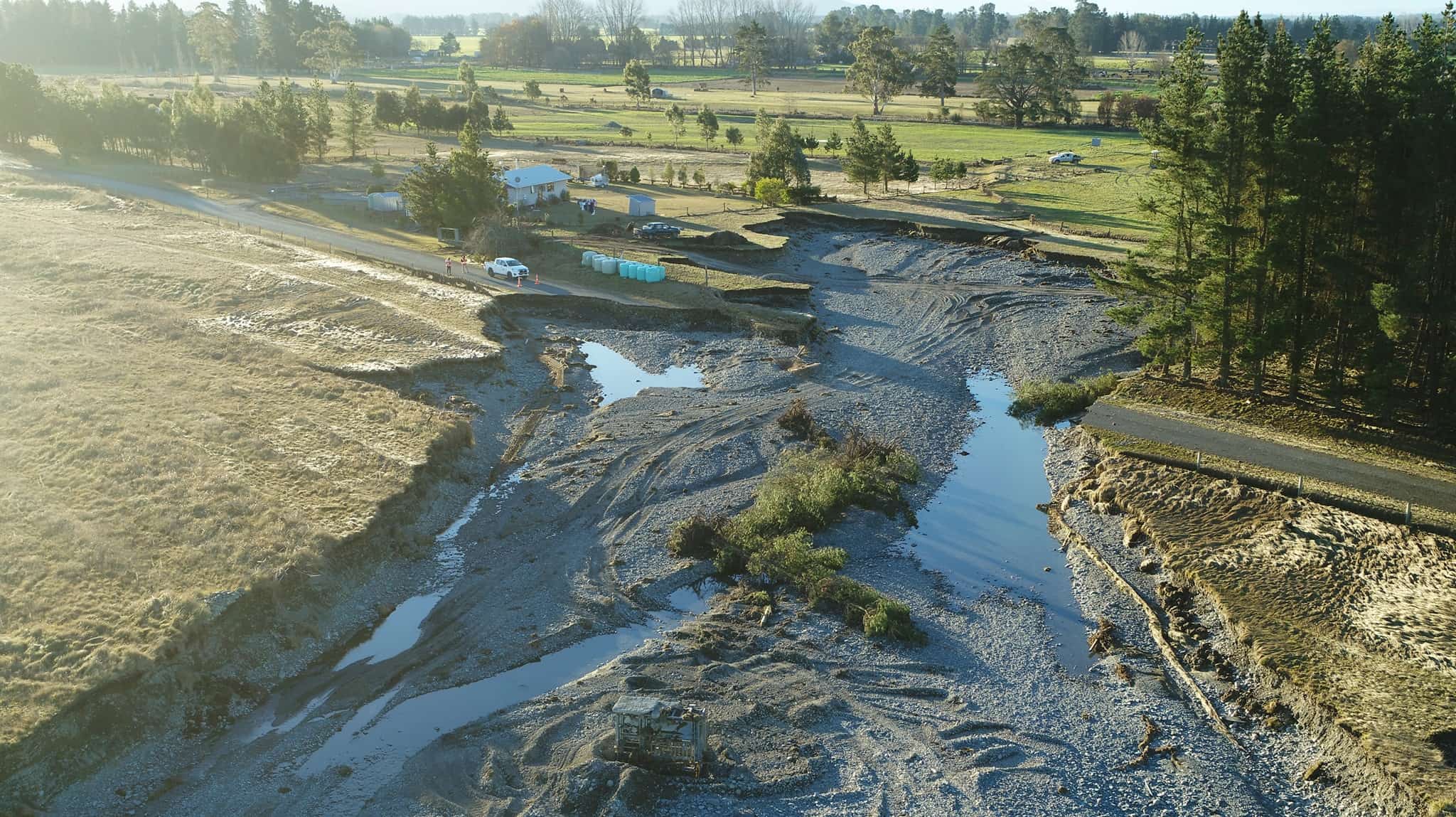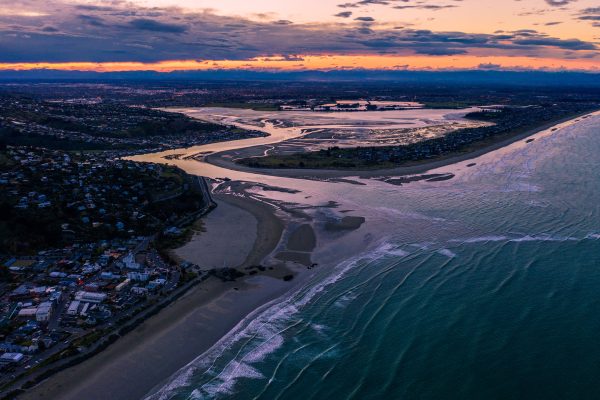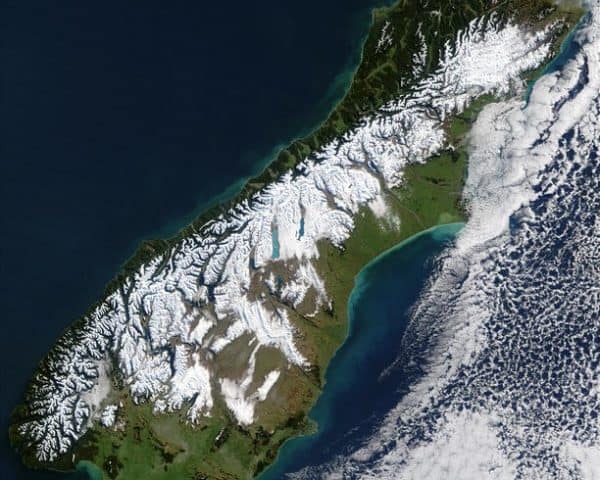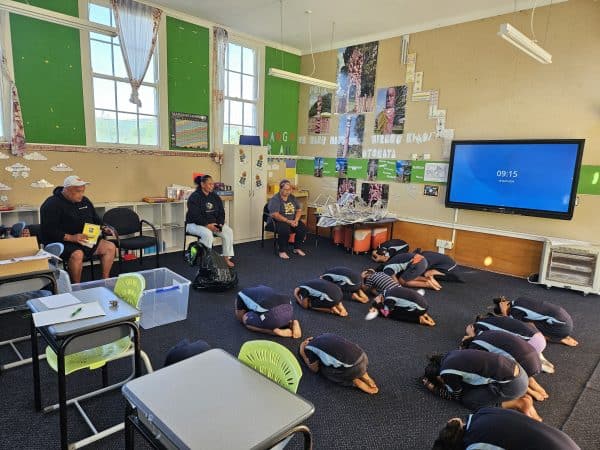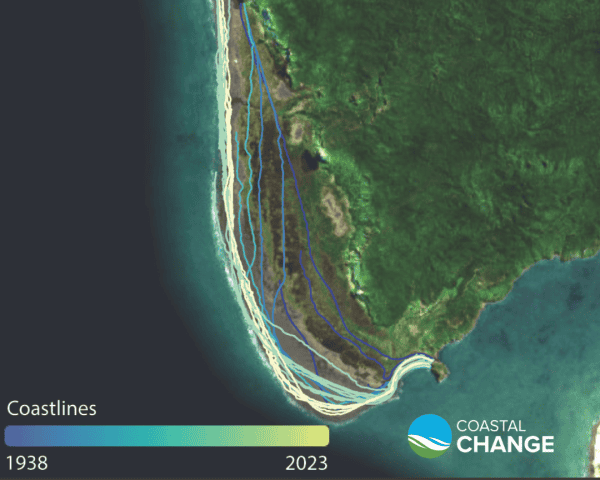Once again, 2020-21 provided numerous opportunities for our researchers to provide high quality analysis, advice and public commentary as natural hazard events unfolded, and in the aftermath.
On the morning of September 18th, winds picked up in Auckland and an extreme gust measured at over 120km/hr blew two trucks sideways on the Harbour Bridge, seriously damaging the bridge structure. Several lanes were closed for weeks while repairs took place, leading to lengthy traffic delays and flow-on economic impacts.
Research carried out by NIWA as part of our Weather & Wildfire programme combined a computer model of wind patterns in the harbour with a three-dimensional model of the bridge and found the bridge itself causes the wind to speed up.
“The effects here are very localised and it is really important to understand these better because of the risk high wind events have to a range of assets such as transport and distribution networks and the potential knock-on to economic impacts,” said our Weather & Wildfire programme co-leader Dr Richard Turner in a media story. The research has demonstrated a potential tool that could be a component of a warning system that could halt traffic on the aging bridge and prevent a repeat incident.

On the morning of March 5th, a M7.2 earthquake struck off the East Coast of the North Island, and an M7.4 and M8.1 followed soon after in the Kermadecs. The quakes triggered a tsunami alert for large parts of Aotearoa New Zealand. Our Earthquake & Tsunami programme co-leader Dr Bill Fry (GNS Science) provided science advice to the National Crisis Management Centre and explained the situation at the press conference fronted by Minister Allan.
The Earthquake & Tsunami team’s synthetic seismicity catalogue had previously been used to test the Tsunami Early Warning (TEW) system being developed under the aligned ‘Rapid Characterisation of Earthquakes and Tsunami’ Endeavour programme, also led by Bill Fry. On March 5th, Bill and other team members used a prototype of the TEW system to inform decision making during the response. Testing using the RNC synthetic catalogue gave the team confidence that the prototype TEW system was appropriate to base scientific advice on. This led to a much quicker input of advice supporting tsunami warning cancellation.
The NEMA post-event report recognised Fry’s contribution, stating:
“There was recognised value in having a GNS Science representative (Fry) contributing to the media stand-ups to provide scientific context and advice, and to support the preparation of the Minister for Emergency Management and Acting Director CDEM.”
The timing of the March 5 events also created significant interest in our scheduled webinar on the synthetic earthquake catalogue the following week.
Autumn 2021 saw record-breaking drought in parts of the country after an exceptionally dry 2020. Dr Nick Cradock-Henry of Manaaki Whenua Landcare Research, co-leader of our Resilience in Practice programme, has worked extensively with rural communities, agri-business groups and local and central government on natural hazard responses and resilience solutions. Focusing on climate change and drought, Nick’s research in North Canterbury and Marlborough has highlighted the need for applied resilience solutions, including improved monitoring and evaluation, climate services and targeted support. Both in the media, and in a well-attended webinar as part of our rolling symposium on drought (see Impact Case Study: Partnership as the Pathway to Impact), Nick provided informed commentary on the ways that drought can exacerbate existing social and economic vulnerabilities, and evidence-led solutions for drought-affected communities.
On 28 May MetService issued a red alert for the Canterbury region forecasting 200-300 millimeters which they warned could cause significant flooding. An extreme rainfall event followed, causing extensive, damaging flooding in the South Canterbury area, and resulting in the declaration of a region-wide state of emergency from 30 May to 10 June.
Our researchers provided expert commentary on the floods. In particular, Asaad Shamseldin of The University of Auckland and our Built Environment team provided useful expertise on ‘atmospheric rivers’, how this phenomenon contributed to the devastating impacts in South Canterbury, and the increased frequency of atmospheric river events in a changing climate.
There has also been public discussion on the description of such events as ‘a 1 in 100 year flood’ or similar, given underlying climate conditions are changing so rapidly. Prof Ilan Noy of Te Herenga Waka Victoria University of Wellington and our Multihazard Risk team, was on the ground in Westport during the devastating floods in July and critiqued this terminology and the false impression it creates regarding likely recurrence.
This case study was submitted to the Ministry of Business, Innovation and Employment as part of our 2020-21 annual reporting.
Featured image: Damage from May 2021 Canterbury flooding. Credit: Timaru District Council
